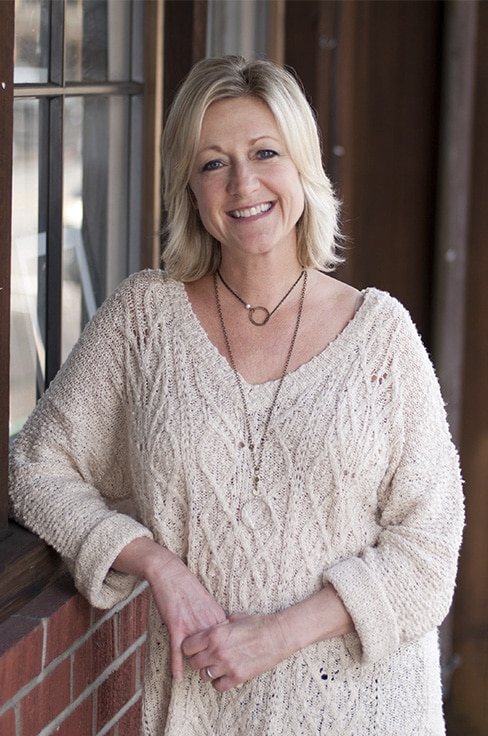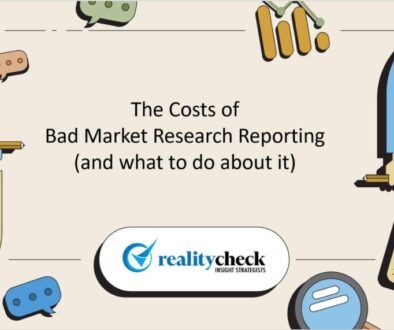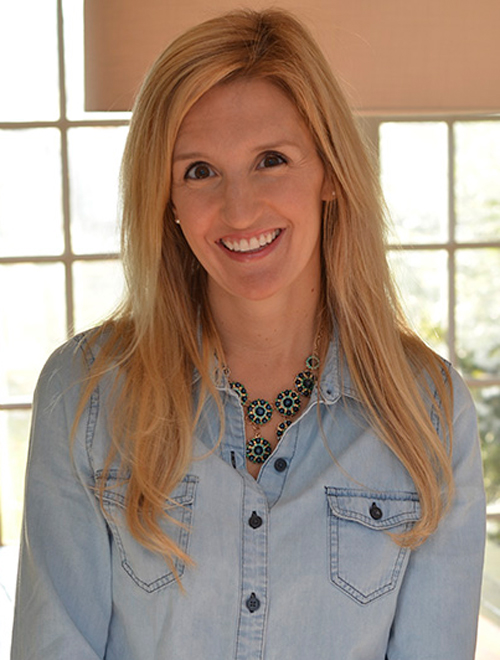Market Research Trends & Predictions for 2016

Jim Chastain
Exploring the “Unfinished” You
Our digital world is a place where we present ourselves the way others want to see us, but there is also another side to us that doesn’t get presented. This is a place marketers will want to spend more time exploring because it’s where we work on who we are and live the life that we don’t always want others to see. This is where we are an unfinished product. And a place where brands could help us form who we are — in the subtlest yet most meaningful ways.
Can “Human” Brands Be Scaled? And Can “Corporate” Brands Be Humanized?
As larger companies buy smaller, local, or family-oriented companies and try to scale them (see the Craft beer category and others), will these brands be able to keep the charm and authenticity of their stories? This will be interesting to watch because these purchases seem to be accelerating. At the same time, will “corporate” brands be able to humanize in a believable way? Will their stories be accepted in a more personal and meaningful way? My prediction is that the simplest stories that don’t try too hard will win (they usually do).

Jim White
Simplification: Filters, Not Drivers
Marketers are learning that filters and simplification strategies have as much, if not more, influence over the decisions people make than what we used to think of as “key drivers.” In an increasingly complicated consumer world, the power of simplification strategies will continue to grow. More and more, the brand attributes that matter most will be those that help simplify the shopping experience and make choices easier.
The Blurring of Qual and Quant
As the capabilities of online research platforms continue to grow, the distinction between qualitative and quantitative research will continue to blur. Instead of qual vs quant, insights strategist will increasingly design studies that blend both types of measures. Technology now allows us to weave together qualitative and quantitative insights into cohesive and compelling stories of human behavior and belief.

Sue Chapman
Gender Identity As Spectrum
As the culture recognizes that how we see ourselves is what we are, the more sophisticated marketers will open their minds to how their brands relate to people and how we recruit people for research. Strict divisions between female and male customers and their mindsets will blend and merge as brands learn to tap into more “feminine” traits in men and “masculine” aspects of women.
Clichés and stereotypes will fade as marketers open their minds to a more inclusive view of their customer, and more creative ways to understand what matters to them.
Insight As Felt Experience
Marketing managers are embracing understanding their customers more deeply. They’re rejecting the old format of hiring researchers to go away and bring back the answers: they want their teams to be involved. They want the entire team to learn, to grow, to truly believe it so they can market more effectively.
As a result, consumer insight studies should now be workshops for the clients. The clients are part of the process. They learn to feel what it’s like to be the target. They learn to interpret what they’re hearing and sensing. They are feeling the insights themselves, not just reading them in a report. They are learning how to be better marketers.

Kerry Walsh
Never But Always Alone
Technology allows us to be more connected than ever – or so the saying goes.
But there’s a growing sense of loneliness and isolation emerging – the feeling that “nobody really understands or cares about me – it’s all about the show.” More than ever, people absolutely light up and spill guts when they feel like someone is actually listening. Record numbers of people are hugging and thanking me after an interview in which they’re allowed to share their true selves. It’s interesting to think about what real connection is, and how we can do it on a business level.
Safety First
We’re living in a time of fear and uncertainty, and the need for security is an underlying thread in many of the conversations I have with consumers. People seem to be (not necessarily consciously) in protection mode. They can’t control hackers and terrorists and corruption, but they are going to shore up their resources as much as possible to protect their health, their home, their money, and their family. Companies and brands that help people feel safe and strong are likely to be very relevant in the near future.

Linda Garavalia
A Contrarian View – The Return of Longer Form Qualitative
If you read any list of trends in market research for 2016 (this blog included), you are going to hear about the increasing interest in mobile research. Without a doubt, mobile offers benefits of speed and “in-the-moment” responses. That, along with the increasing ubiquity of mobile devices, insures that no good list maker will leave it out.
However, I’m taking a contrarian view and encouraging my clients to consider what they will gain from in-depth, “longer form” qualitative explorations. Not everything has to happen at the bang-bang speed of light that might be characteristic of teens texting each other across the venue at a One Direction concert.
Quality over quantity, substance over speed — not a new idea. Consider the insights that would be revealed during two-hour, in-depth, probing interviews with a handful of individual consumers, or from engaging individuals in meaningful conversations over the course of 4 or 5 days.

Ilana Borzak
Revisiting Customer Service
Customer service has been around for a while (some date it back to 1750 BC!), but the process has never been so public. Twitter or Facebook complaints easily reach thousands, including other disgruntled customers on social media. Scanning the nearly identical and not-at-all helpful Tweet replies sent by the customer representative in the past hour, customers can easily flag false empathy. Experience this enough and the customer might swear off the company.
While a customer service revolution likely isn’t imminent, 2016 will see the divide between the companies who care, and the companies that don’t widen.
























